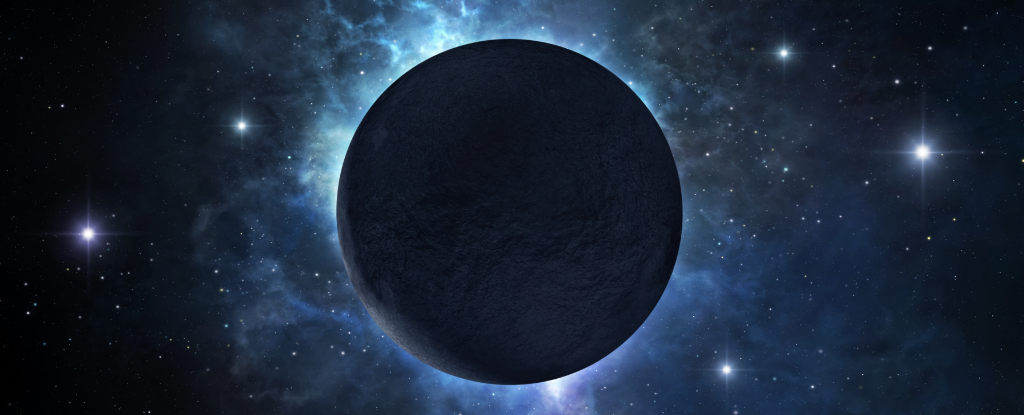The ongoing search for a potentially massive undiscovered planet in the outer Solar System, often referred to as Planet Nine, has gained renewed attention from astronomers. The hypothesis, which dates back to before the discovery of Pluto in the 1930s, suggests that a planet several times larger than Earth could be influencing the orbits of objects in the Kuiper Belt, a region beyond Neptune inhabited by dwarf planets and other celestial bodies.
The initial theory surrounding Planet Nine emerged due to anomalies observed in the orbit of Uranus. Early astronomers posited that an undiscovered planet’s gravitational influence might explain Uranus’s unexpected orbital path. Although this mystery was resolved in the 1990s with a recalibration of Neptune’s mass, the idea of Planet Nine resurfaced in 2016 when astronomers Konstantin Batygin and Mike Brown from Caltech proposed that certain trans-Neptunian objects exhibit erratic orbits, indicating the presence of an unseen gravitational force.
Batygin and Brown’s research indicates that many Kuiper Belt objects do not follow the expected trajectories dictated solely by the Sun’s gravity. They liken this to the Moon’s orbit around Earth, which is affected by our planet’s gravity while also following a predictable path around the Sun. As Mike Brown noted in 2024, “I think it is very unlikely that P9 does not exist. There are currently no other explanations for the effects that we see.”
In 2018, the discovery of a new candidate for a dwarf planet, named 2017 OF201, added complexity to the Planet Nine theory. Measuring approximately 700 kilometers in diameter, this celestial body has a highly elliptical orbit. Its shape suggests that it might be influenced by the gravitational pull of a larger planet or could have suffered an impact early in its formation.
Despite the compelling evidence, challenges remain regarding the existence of Planet Nine. Critics argue that the available orbital data from Kuiper Belt objects is insufficient to draw definitive conclusions. Alternative theories have been proposed, including the influence of a debris ring or even the existence of a small black hole.
One significant hurdle in confirming Planet Nine’s existence is the limited observation time for the outer Solar System. For instance, 2017 OF201 has an orbital period of approximately 24,000 years, meaning that detecting the gravitational effects of a hypothetical planet would require several orbits to observe any substantial changes.
Recent discoveries further complicate the narrative. The object 2023 KQ14, identified by the Subaru telescope in Hawaii, is classified as a “sednoid.” This classification indicates that it resides primarily in a region far from the Sun, where the gravitational influence of Neptune is minimal. With an orbit ranging from about 71 AU to 433 AU from the Sun, 2023 KQ14 demonstrates stable orbit patterns, suggesting that a potential Planet Nine, if it exists, would likely be situated far beyond 500 AU.
This latest find marks the fourth sednoid identified, all of which exhibit stable orbits, further hinting that any substantial planet affecting Kuiper Belt objects would need to be located at a great distance from the Sun.
Despite these obstacles, the quest for Planet Nine continues. Astronomers’ ability to discover new celestial objects is improving as observational technology advances. As stated by Ian Whittaker, a Senior Lecturer in Physics at Nottingham Trent University, “The possibilities remain open, but our current observational limitations mean we must rely on telescopes to uncover any hidden giants in our Solar System.”
The path forward includes ongoing observations and analysis, which may yield further insights into the dynamics of the outer Solar System. As the scientific community turns its attention to these enigmatic regions, the potential for significant discoveries about our cosmic neighborhood remains strong.





























































